Description
Name in North American Boletes: N/A
Genus: Leccinum
Species: Leccinum variicolor
Common Name: “Mottled Bolete”
Tells: Dark brown-black, often mottled cap. White stem flesh stains pink high and blue-green low, often faintly & slowly. Salt & pepper stem. White or buff pores bruise slowly brown.
Other Information: Salt & pepper stem. Firm white flesh will often stain slightly pink on top and green at the base, especially in the cap and upper stem. Stem usually tapers toward the pores. No noticeable smell. Likes birch and aspen in wet, acidic forests. There is a rare form with a pale cap.
Science Notes: Thought for years to be a European mushroom, DNA testing has proved that the species exists in the Northeast as well. More information can be found at this website. As discussed in Den Bakker & Noordeloos: A revision of European species of Leccinum, PERSOONIA – Vol. 18, Part 4, 2005, pgs. 568-560, it requires microscopic examination of the cap skin (pileipellis) to make a definitive ID between L. variicolor and the all but identical L. snellii. They are equally good edibles so in some sense it is an academic distinction, but if you care about such things it seems to be fair to bet on the environment. L. variicolor seems to prefer wet, acidic environments while L. snellii favors loamy forest. There is crossover, however, so that is not a foolproof tool. The reported chemical test results also differ, but authorities have questioned whether the tests are unreliable for both species.
Edibility: Good.
CHEMICAL TESTS:
- NH4OH (Ammonia): No reaction on cap or flesh.
- KOH: No reaction on cap. Made a slight indentation on stem and cap flash with no color reaction.
- FeSO4 (Iron Salts): No reaction on cap. Stem and cap flesh turn greenish.
Links:
 |
— |  |
— |  |
— |

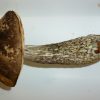
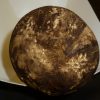
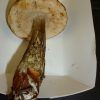
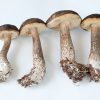
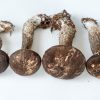
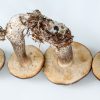
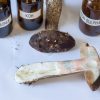
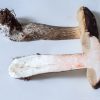



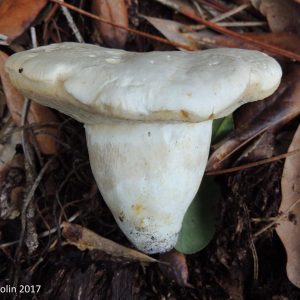
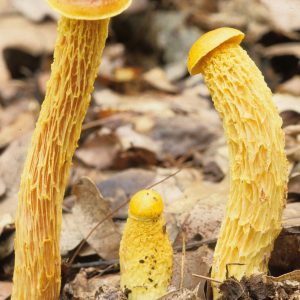
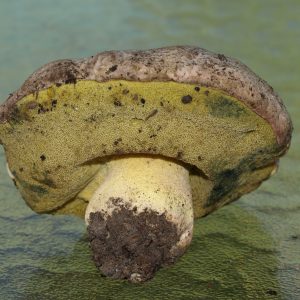
Got something to discuss?